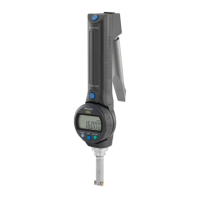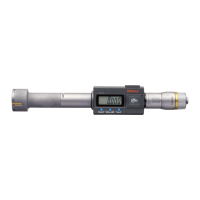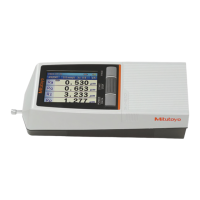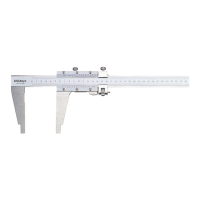16
2 How to Use Gauge Blocks
No. 99MAK004B
2.2
Wringing
The process of rmly assembling Gauge Blocks together is called "wringing". A
steel Gauge Block and a CERA Block can also be wrung together.
When handling Gauge Blocks and accessories, wear gloves for precision work. If
handled with bare hands, the resulting heat conduction can alter the block's dimen
-
sions. For steel Gauge Blocks, oils and sweat can cause rusting to occur.
1 Wipe surfaces for wringing with lens cleaning paper soaked in solvent
(such as normal heptane), and then wipe the surfaces dry with a dry por-
tion of the paper.
If small pieces of dirt or grease are left on surfaces for wringing, it is added to the
dimension of wrung Gauge Blocks, or the Gauge Blocks may be scratched.
Tips
For wiping, use lens cleaning paper or other material which does not leave paper bers.
2 Slightly spread Vaseline or grease onto the surfaces for wringing before wiping.
Tips
Wipe until the oil layer is almost completely gone.
3 Wring the Gauge Blocks together.
The following three situations are possible:
y For a thick Gauge Block and a thick Gauge Block
y For a thick Gauge Block and a thin Gauge Block
y For a thin Gauge Block and a thin Gauge Block
Tips
A Gauge Block with a nominal size of less than 3 mm is considered a thin Gauge Block.
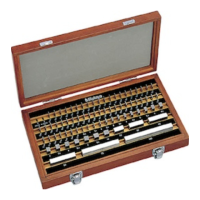
